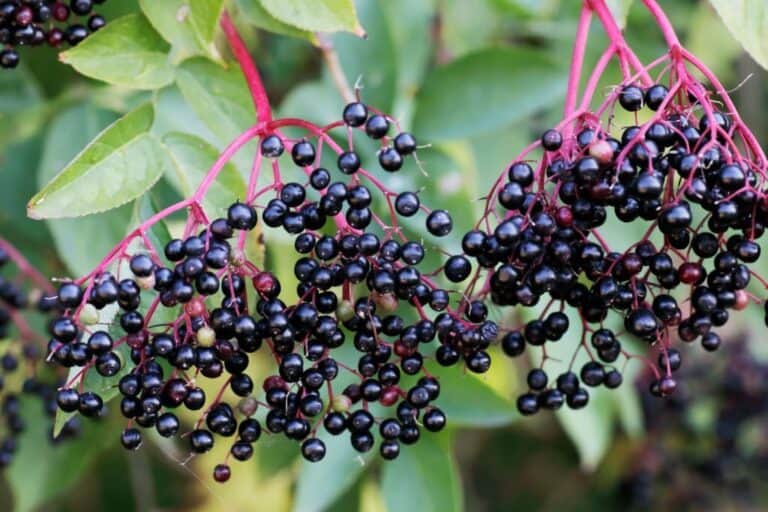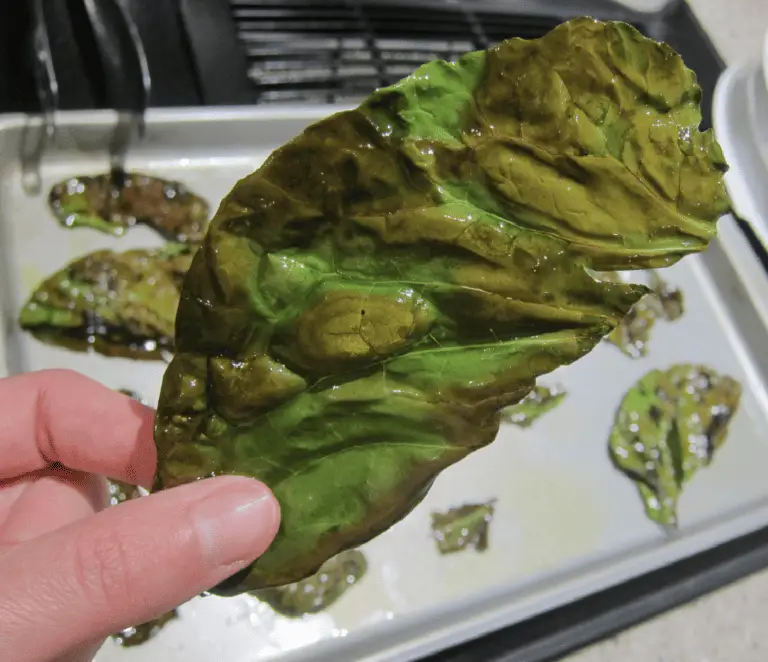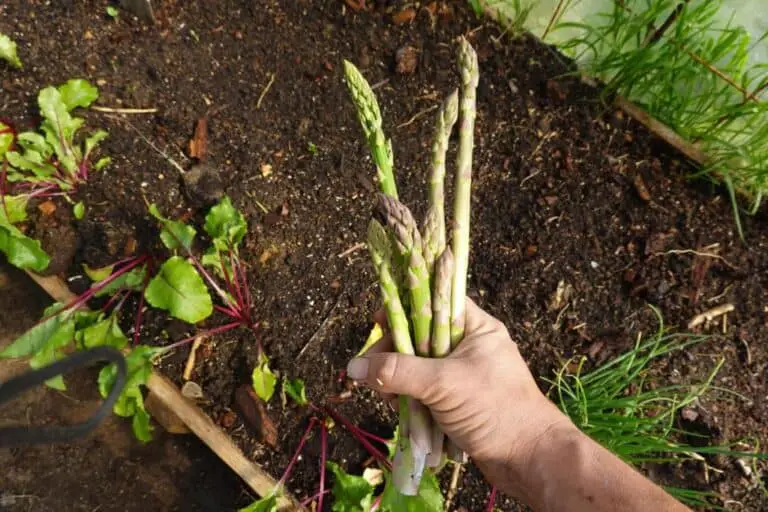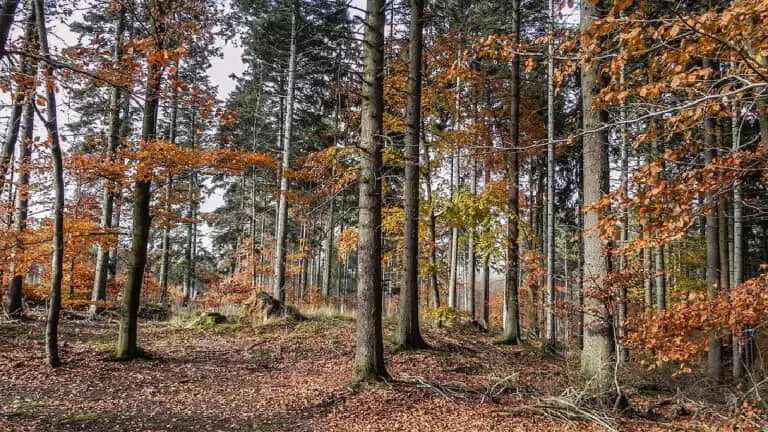Will Broccoli Grow Back after Cutting? Broccoli Regeneration Explained!
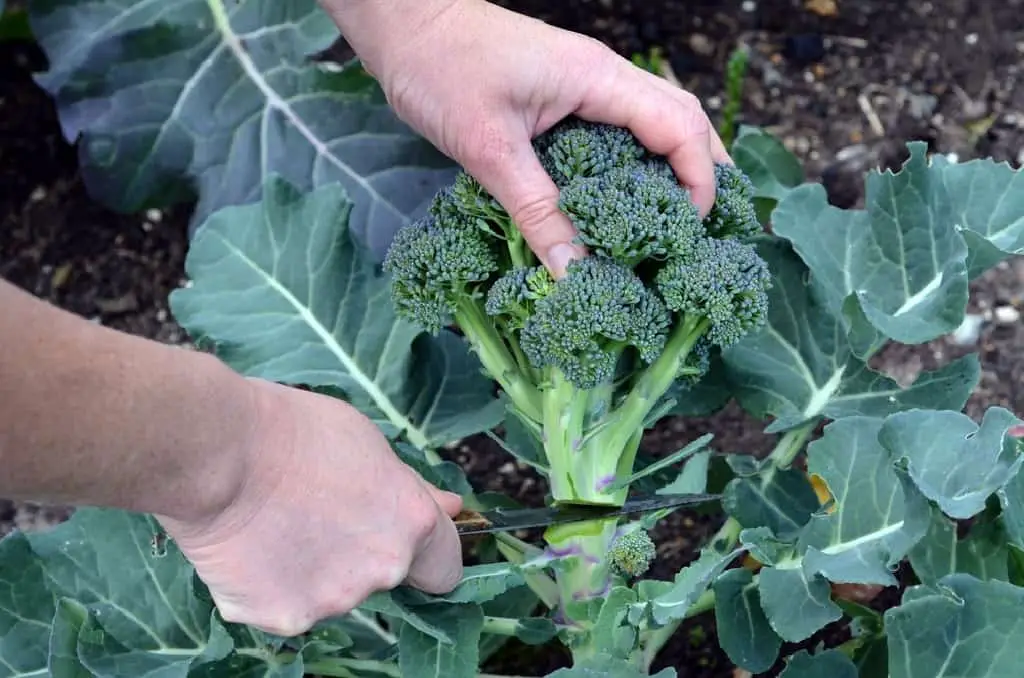
If you’re a fan of broccoli and enjoy growing your own vegetables, you may have wondered if broccoli will grow back after cutting. The answer is yes, broccoli will continue to grow after being harvested. In fact, you can get multiple harvests from a single broccoli plant if you know how to properly care for it.
In this article, we’ll discuss how to grow broccoli that will produce multiple harvests, and how to properly care for it so that it grows back after being cut. We’ll also explore some common mistakes to avoid, as well as the benefits of growing your own broccoli.
Understanding Broccoli Regeneration
Before we dive into the details of growing broccoli that will produce multiple harvests, it’s important to understand how broccoli regeneration works.
Broccoli is a member of the brassica family, which also includes cabbage, cauliflower, and Brussels sprouts. These vegetables are known for their ability to regrow after being harvested. Broccoli can regrow from the stem and from the side shoots that develop after the main head is cut.
Broccoli, like many other plants, has the ability to regenerate after being cut. When the main head of the broccoli plant is cut, the plant will begin to produce smaller side shoots. These side shoots, also known as florets, will grow into smaller heads of broccoli that can be harvested.
The ability of broccoli to regenerate after being cut is an important factor to consider when growing it in your garden. With proper care, you can get several harvests from a single broccoli plant.
Read: Optimal Broccoli Plant Density per Square Foot to Maximize Yield
Will Broccoli Grow Back after Cutting?
If you’re wondering whether broccoli will grow back after being cut, the answer is yes! Broccoli is capable of regenerating after being harvested. In fact, cutting broccoli can stimulate the plant to produce even more delicious and nutritious buds.
When you cut the main head of the broccoli plant, it triggers the growth of new buds from the remaining stem. These buds will grow into smaller heads of broccoli, known as “side shoots,” which can be harvested later. How many heads of broccoli plant can have? Most varieties of broccoli plant produce one primary head and several small side shoots per plant. The size and quality of these side shoots will depend on various factors, including the age of the plant, the time of year, and the growing conditions.
It’s important to note that while broccoli can regrow after being cut, the quality of the subsequent harvests may be lower than the first one. This is because the plant expends a lot of energy to produce the first head of broccoli, and the subsequent side shoots may be smaller or less flavorful. However, with proper care and maintenance, you can still get several harvests from the same broccoli plant.
Materials Needed for Broccoli Regeneration
Growing broccoli that will regenerate after being cut doesn’t require any special materials. However, there are a few things you’ll need to get started:
- Broccoli plant: You’ll need a healthy broccoli plant to start with.
- Garden shears: You’ll use these to cut the main head of the broccoli plant.
- Fertilizer: You’ll need to fertilize the plant regularly to ensure that it has the nutrients it needs to regenerate.
- Water: Broccoli needs regular watering to grow properly.
The Cutting Process: What to Do
When it comes to cutting your broccoli plant to encourage regrowth, take care in the process. Using a sharp knife or scissors will ensure a clean cut that minimizes damage to the plant. It’s also important to leave at least 5 inches of stem attached to the plant when harvesting the main head. This will provide the plant with the necessary energy and nutrients to continue growing and producing side shoots.
After harvesting the main head, cut the stem at an angle, about 1 inch above the remaining leaves. This will stimulate the growth of new buds and increase the chances of regrowth. By cutting the stem at an angle, you create a larger surface area for the plant to regenerate from, which can result in a larger and more robust second harvest.
Take note that not all sideshoots will develop at the same rate or size. Some may be ready for harvest within a few weeks, while others may take longer to develop. It’s important to keep an eye on your plant and harvest side shoots as they become ready. This will help to ensure that the plant continues to produce new growth and that you get the most out of your broccoli plant.
By following these simple steps and taking care in the cutting process, you can encourage your broccoli plant to regrow and produce multiple harvests. With a little patience and care, you can enjoy fresh, delicious broccoli straight from your own garden.
How to Grow Broccoli that Regenerates after Being Cut: Step-by-Step Guide
Now that you have an understanding of how broccoli regeneration works and the materials you’ll need to get started, let’s dive into the step-by-step process of growing broccoli that will produce multiple harvests.
Step 1: Planting the Broccoli
The first step in growing broccoli that will regenerate after being cut is to plant the broccoli in the right spot. Broccoli grows best in a spot with full sun, meaning at least six hours of direct sunlight on most days. It is commonly grown from broccoli transplants seedlings set in the garden, and it will germinate in soil as cool as 40°F. For best growth, set transplants in the garden after the soil has warmed to 60 °F.
Step 2: Caring for the Broccoli
Once the broccoli plant has been planted, it’s important to care for it properly. This includes:
Regular watering: Broccoli needs to be watered regularly to grow properly. The soil should be kept moist but not waterlogged.
Fertilizing: Broccoli needs regular fertilization to ensure that it has the nutrients it needs to regenerate after being cut. Use a balanced organic fertilizer once a month during the growing season.
Pest control: Broccoli is susceptible to a variety of pests and diseases, so it’s important to keep an eye out for any signs of trouble and take action if necessary.
Step 3: Harvesting the Broccoli
Once the main head of the broccoli plant is ready to be harvested, use garden shears to cut it off just above the first set of leaves. This will encourage the plant to produce smaller side shoots that can be harvested in the future.
Step 4: Caring for the Side Shoots
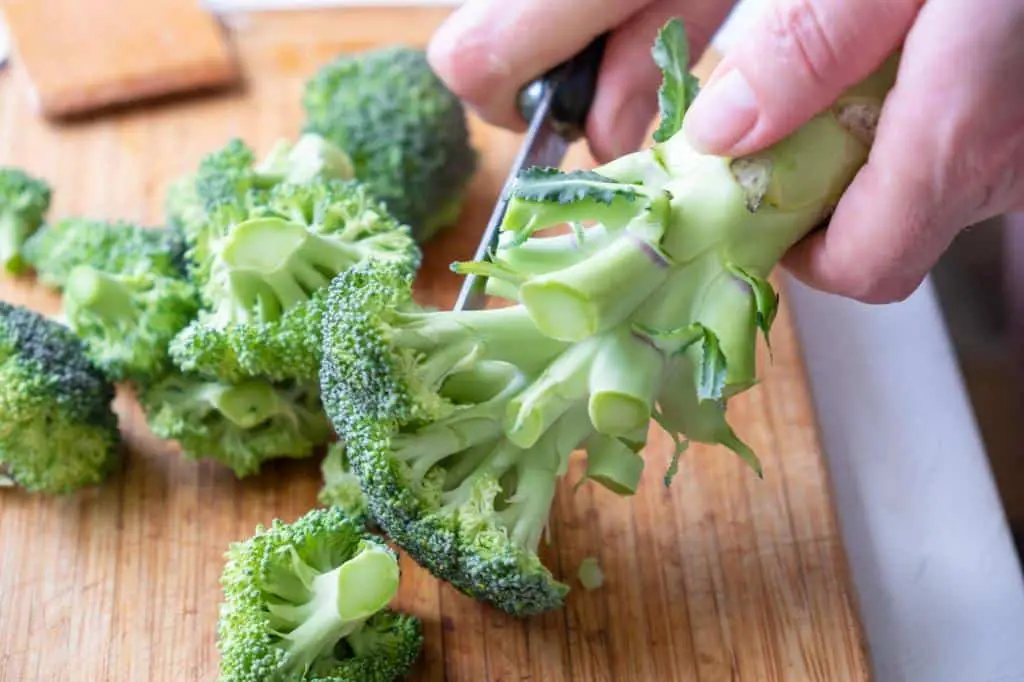
After the main head of the broccoli plant has been harvested, it’s important to continue caring for the side shoots. This includes:
Regular watering: Like the main head, the side shoots also need to be watered regularly to continue growing. Ensure that the soil is kept moist but not waterlogged.
Fertilizing: As with the main head, the side shoots will also need regular fertilization to ensure they have the necessary nutrients. Use a balanced organic fertilizer once a month during the growing season.
Pest control: Keep an eye out for any pests or diseases that may affect the side shoots and take necessary action to control them.
Step 5: Cutting the Side Shoots
Once the side shoots have grown to a good size, they can be harvested. Using garden shears, cut the side shoots off just above the set of leaves where they emerge from the stem. Ensure that at least two sets of leaves remain on the stem so that the plant can continue to regenerate.
Step 6: Repeating the Process
Continue to care for the remaining side shoots and wait for them to grow to a good size before harvesting them. Once all the side shoots have been harvested, the plant can be removed and replaced with a new one if desired.
Step 7: Enjoying Your Harvest
The best part of growing broccoli that regenerates after being cut is being able to enjoy a continuous harvest. Side shoots will continue to grow for several weeks after the main head has been harvested, giving you a steady supply of fresh broccoli to enjoy.
How Many Times Can You Regrow Broccoli?
While it is possible to get multiple rounds of side shoots after harvesting the main head, the yield and quality may diminish over time. Each subsequent harvest may produce smaller, less flavorful side shoots compared to the first harvest.
On average, you can expect to harvest 2-3 rounds of side shoots after the main head has been harvested. However, this can vary depending on factors such as growing conditions, care, and the age of the plant. It’s important to note that as the plant gets older, it may become less productive and less able to produce side shoots.
To ensure the health of your broccoli plant and optimize its regrowth potential, it’s important to provide it with adequate care and nutrients. This includes regular watering, fertilization, and pruning of any damaged or diseased foliage. By providing the plant with the proper care, you can help it grow to its fullest potential and produce high-quality side shoots for multiple harvests.
FAQs
How should I cut broccoli to promote regrowth?
To encourage regrowth, it’s recommended to cut the main central head of the broccoli plant just above the lateral buds. Leave a portion of the plant intact, allowing the lateral buds to develop into secondary heads. This technique promotes regrowth and ensures a continuous harvest.
What factors affect the regrowth of broccoli?
Several factors influence broccoli regrowth, including temperature, sunlight exposure, soil quality, watering practices, and nutrient availability. Providing optimal growing conditions, such as cool temperatures, ample sunlight, well-draining soil, and balanced nutrition, can significantly enhance the regenerative potential of broccoli plants.
How long does it take for broccoli to regrow after cutting?
The regrowth timeline for broccoli can vary, but typically, you can expect new shoots and side heads to emerge within 1-3 weeks after cutting the central head. However, it’s important to note that the exact timing depends on factors like variety, environmental conditions, and plant care practices.
Can I continue harvesting from the same broccoli plant after regrowth?
Absolutely! After the initial central head is harvested and regrowth occurs, you can continue to harvest side shoots or secondary heads from the plant. These secondary heads may be slightly smaller than the main head but still offer delicious and nutritious broccoli florets.
Are there specific broccoli varieties that are better for regrowth?
While all broccoli varieties have the potential to regrow, some varieties are known for their exceptional regenerative abilities. Look for varieties labeled as “cut-and-come-again” or “multi-harvest” to maximize your chances of successful regrowth. These varieties are bred to produce multiple side shoots after the central head is harvested.
What happens if I don’t cut broccoli properly for regrowth?
Improper cutting techniques, such as cutting too close to the base or removing all the foliage, can hinder regrowth. It’s important to leave a sufficient portion of the plant intact, including the lateral buds, to ensure successful regrowth. Cutting too aggressively or damaging the plant may reduce the chances of regrowth.


